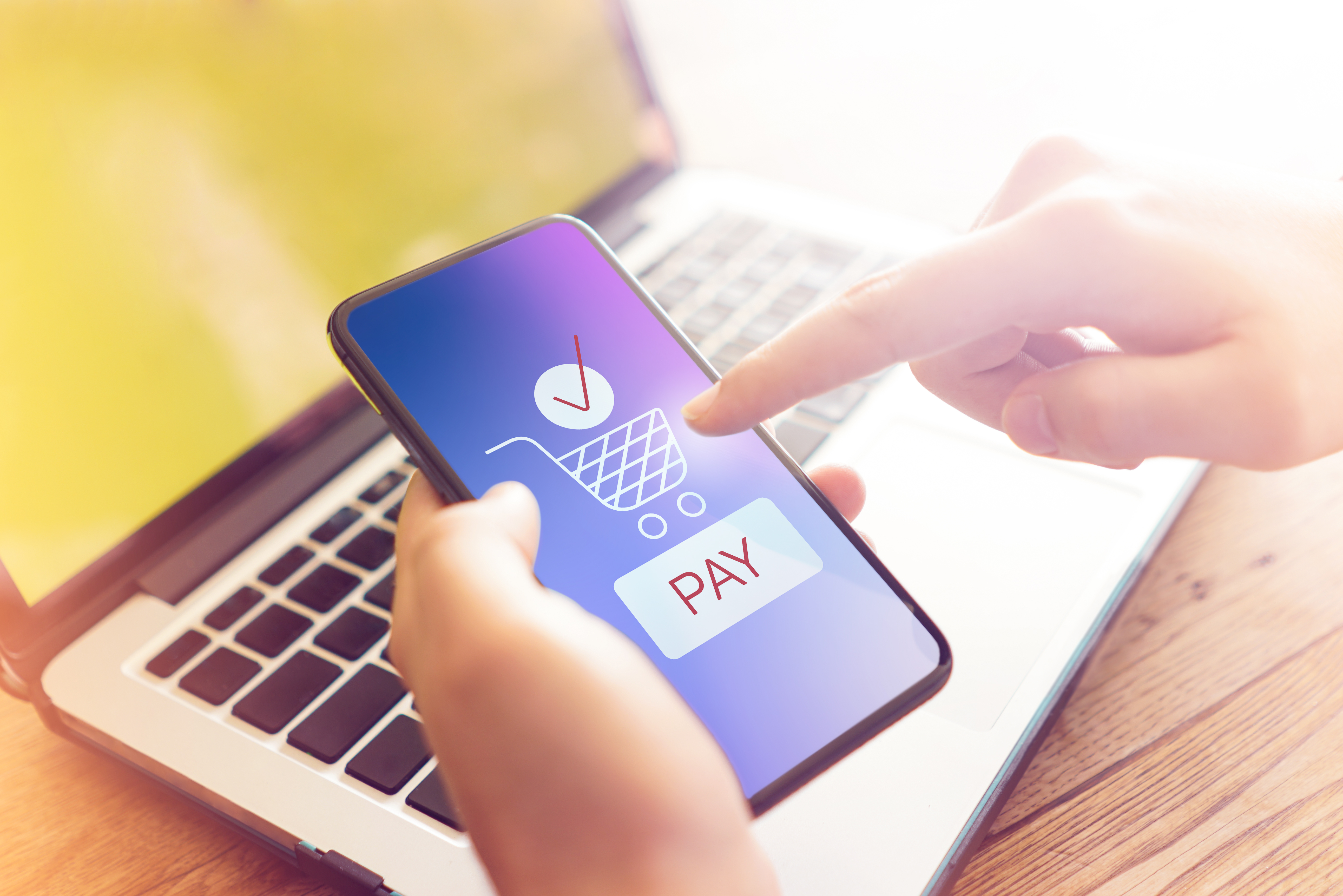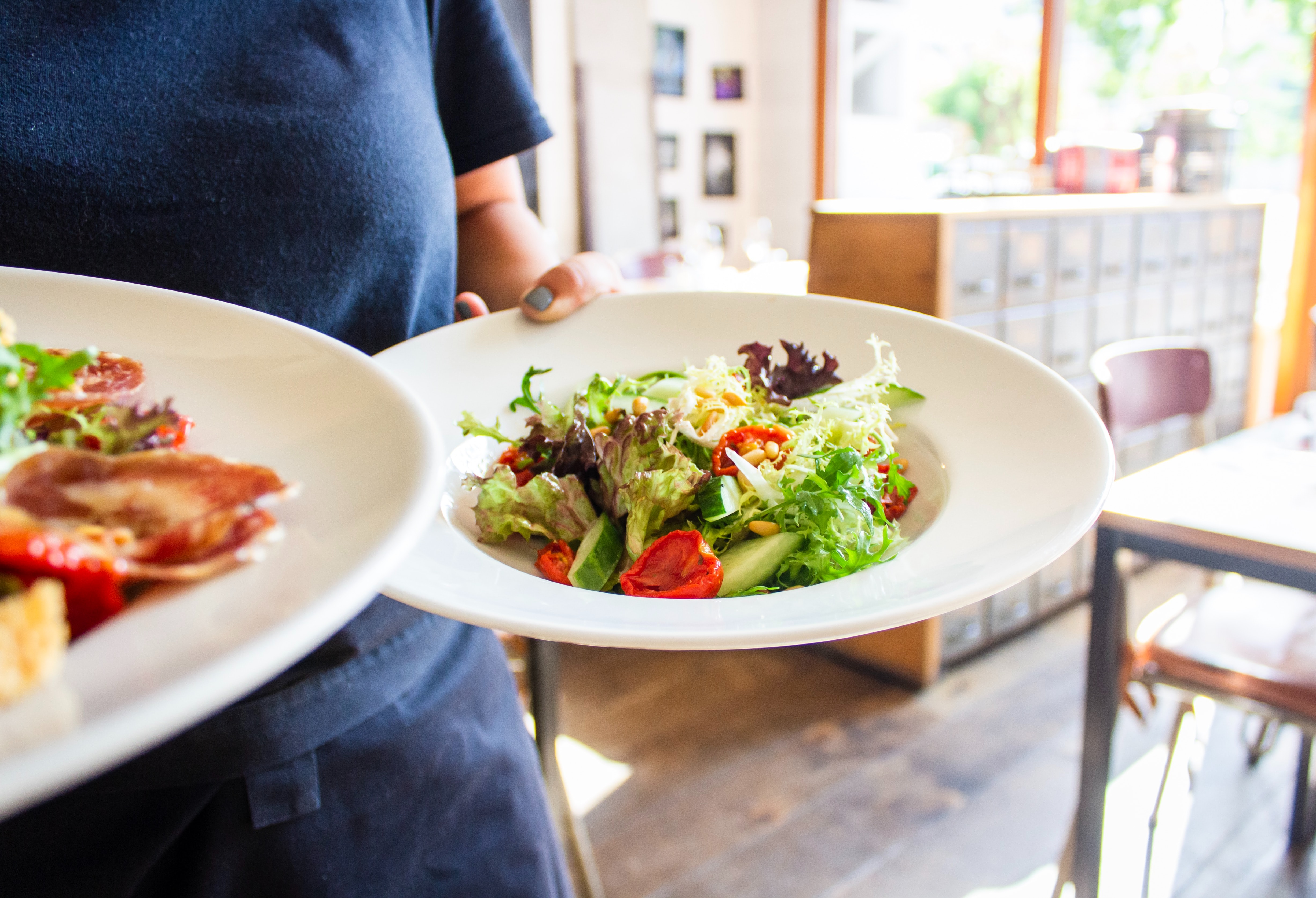Are products piling up in your buyers' virtual carts without getting checked out?
Online shoppers sometimes abandon their carts when they're still saving up or thinking the purchase through. However, there may be instances when your checkout page is the culprit—it might be too confusing or complicated, driving potential buyers away. If that's the issue, it might be time for a checkout page optimization.
While your homepage is responsible for attracting customers to your eStore or online shop, it's essential to understand your checkout page's value in driving sales. After all, it's the last step a customer would go through before finalizing their purchase, so it should delight just as much as your homepage.
With that, this article will discuss checkout page best practices to encourage your customers to place their orders.
6 Checkout Page Best Practices
A complete checkout page overhaul may seem complicated, but you can accomplish them effectively with the right approach. What's important is to keep customers at the forefront of every decision, which means every implementation must improve its experience.
- Remove distractions
Customers on your eStore’s checkout page are likely at the decision stage of their buyer's journey. They're finally deciding on whether to click the Place Order button, so your efforts must focus on convincing them to do so.
You could remove navigation links, sidebars, and graphics to keep customers focused on the transaction. Moreover, while upselling may help increase revenue, adding product recommendations on the checkout page might confuse shoppers, so eliminate them as well. Clear calls to action also help as it informs shoppers of the next step.
- Keep it quick and simple
Aside from eliminating distractions, maintaining a straightforward and seamless service is also critical. Everything, from form fields to order summaries, should be self-explanatory to avoid confusing or intimidating shoppers. You could also limit checkout stages by sticking to the essentials: shipping address and payment information.
Reduce the number of fields shoppers have to fill. Baynard found that online shops only need eight form fields max—adding more makes the process unnecessarily complex. So, simplify your customers' experience and only collect pertinent information, such as their names, billing addresses, and payment information, to improve their experience.
- Use a single-page checkout
To make the checkout process as smooth as possible, limit it to a single page. For example, Rush's new eStore Charge tier lets social media sellers generate checkout links for each purchase, where they can facilitate order confirmations, payments, and tracking without engaging buyers in a lengthy process.
A single-page checkout simplifies the process of customer data collection and makes transactions less tedious. It ultimately increases the likelihood of completed transactions since an otherwise time-consuming process might lead shoppers to abandon their carts.
A single-page checkout makes customer data collection simpler on your side of the process, especially if you're collecting addresses and payment preferences.
- Validate information
Improve information accuracy by leveraging data validation on your checkout page. IP geolocation also helps implement automation that automatically adjusts customers' shipping country or currency depending on their location. For instance, you could use drop-down options suggesting shipping addresses depending on the country or city that a buyer inputs.
Web browsers, like Chrome and Safari, have auto-fill capabilities letting users record personal data, like names, addresses, contact details, and credit card information, for future use. In turn, it makes the checkout process even simpler on their end.
- Provide different payment options
As digital payment continues to grow worldwide, it's becoming vital to accommodate your customers' preferred payment methods and providers. These include local and international financial institutions and options like credit card payment, bank deposit, installment, and cash-on-delivery.
For instance, Buy Now, Pay Later plans are taking the world by storm, with 60% of people knowing about this payment method. It enables shoppers to buy products with less financial impact, which is why implementing it would greatly benefit your business.
- Display security badges
Protecting buyer information is crucial to increase customer loyalty, so ensure that your online shop meets modern security standards, such as an SSL certificate. You could also highlight protection by displaying security badges on your checkout page, like applicable antivirus logos and security certifications.
Displaying these badges assures customers that your site is trustworthy. This perception is vital to nurturing customer support, especially since 70% of buyers abandon purchases if they don't trust the shop to handle their data appropriately.
- Offer guest checkout
Collecting customer information from the checkout page is vital for optimization, which is why online shops often require buyers to create an account. However, remember that forcing shoppers to do so might discourage them from placing orders, which is the case for 58% of consumers who abandon their shopping carts due to this.
Consider offering a guest checkout option to accommodate one-time shoppers, allowing buyers to place orders without unnecessary details, such as birthdates, passwords, and usernames. You can still encourage guests to create accounts by rewarding them with discount vouchers.
How Do You Provide a Great Checkout Experience to Customers?
The idea behind the checkout page optimization practice is simplifying your checkout process by focusing on giving your shoppers an easier time deciding if they want to click the Place Order button. Remember that while the rest of your online shop should attract and entice customers to add products to their carts, the checkout page's job is to help them seal the deal.
Improve sales figures by investing time and resources into optimizing checkout pages. Need help achieving this goal? Look no further than Rush, the top eCommerce service in the Philippines, to optimize your online shop.
Contact us to learn more!

Creative Manager at RUSH Technologies
Kent Marco is a Creative Manager at RUSH Technologies - the go-to e-commerce services partner of every business in making digital easy, efficient, and effective in the Philippines. He has a solid experience in the field of Creatives and Advertising particularly in Visual Effects, Motion Graphics, Art Direction, Graphic Design, Sound Design, and Web design. His pastimes include managing a family business, composing and publishing songs, and staying up to date with the latest technological innovations and creative design trends.

Kent Marco
Creative Manager at RUSH TechnologiesKent Marco is a Creative Manager at RUSH Technologies - the go-to e-commerce services partner of every business in making digital easy, efficient, and effective in the Philippines. He has a solid experience in the field of Creatives and Advertising particularly in Visual Effects, Motion Graphics, Art Direction, Graphic Design, Sound Design, and Web design. His pastimes include managing a family business, composing and publishing songs, and staying up to date with the latest technological innovations and creative design trends.









